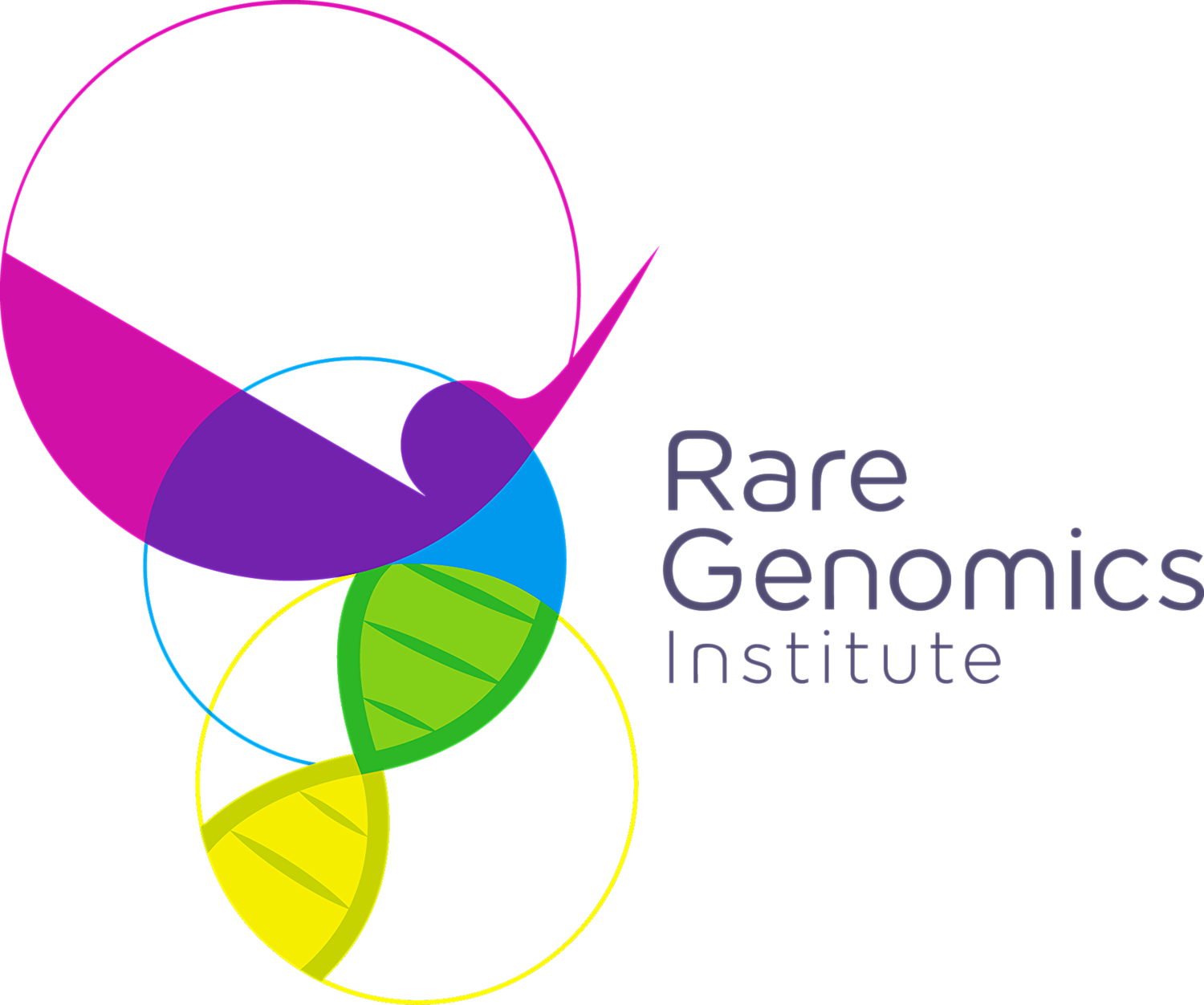Economics and Politics in Rare Disease Treatments
/The cost of living with a rare disease in the United States is significantly higher than the cost of living with other types of health conditions. Findings published in a 2022 report by Chiesi Global Rare Diseases, a Boston-based business unit of Chiesi Farmaceutici S.p.A, revealed that the economic burden of a patient living with a rare disease is approximately 10 times higher than that of a patient living with a more common affliction. Chiesi states the average overall cost per rare disease patient in the U.S. is $266,000 annually, but in comparison, the average overall cost per patient living with a so-called “mass market” disease is roughly $26,000 annually.
Costs for rare disease patients come from a variety of sources. The most pressing source of costs for rare disease patients likely comes from the unavailability of treatments for rare conditions: approximately 95 percent of rare diseases do not have a known treatment. Chiesi reports annual rare disease patient costs were 21.2 percent lower when a treatment for their condition was available. Unfortunately, many pharmaceutical companies do not focus on developing treatments for rare diseases. Since the rare disease patient population is significantly smaller than the mass market disease population, funding is often not available and therefore, rare diseases are less profitable to treat.
Those companies which have developed treatments for rare conditions often charge exuberant sums for their pharmaceuticals. To combat that, the Speeding Therapy Access Today (“STAT”) Act was introduced before the U.S. Congress in March 2021 to accelerate the development of therapies for rare diseases. The bill calls for the establishment of an institute on rare diseases and conditions within the Food and Drug Administration (“FDA”). That institute would convene with key opinion leaders to build the FDA’s expertise in rare diseases, with the goal of implementing initiatives which would help treat rare diseases in the U.S.
The Chiesi report claims its work “illustrates quantitatively that there’s a positive economic return for rare disease therapies” and it hopes to reduce the total cost burden of rare diseases in the U.S. which is estimated to be $8.6 trillion per year. Chiesi plans to share its report with legislators to encourage their consideration of government investments in rare disease treatment research and development.
There are an estimated 30 million people living with a rare disease in the U.S. For approximately 95 percent of them, the Chiesi report could be pivotal in their access to better healthcare.

